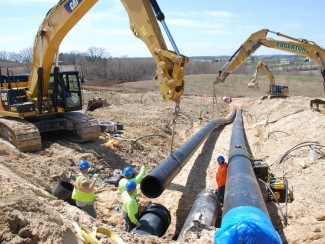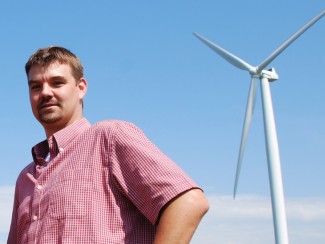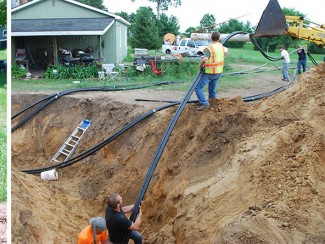To fully realize the potential of harnessing energy from the heat within the earth will require a far more detailed understanding of what’s going on down there than scientists currently have. And beyond naturally occurring geothermal systems, man-made ones that emulate them could, by some conservative estimates, produce a total of 100 gigawatts of cost-competitive electricity over the next 50 years. But to get there, energy providers will need sophisticated systems for gathering and analyzing data about the rock mechanics and hydrology at work.
UW-Madison geoscientists and engineers are working with industry partners and the U.S. Department of Energy to integrate several data-gathering approaches into a highly detailed monitoring system for geothermal wells. A team that includes Geological Engineering and Geoscience Professor Kurt Feigl and Geological Engineering Associate Professor Dante Fratta, Geoscience Assistant Professor Mike Cardiff, Geoscience Professor Cliff Thurber, and Geoscience Professor Herb Wang, has converged on Brady Hot Springs in Nevada with a combination of satellite imaging techniques and fiber-optic cable. The researchers have turned this relatively small geothermal field into a proving ground for a system that ideally can be scaled up in wider and deeper fields.
Feigl says the project is the first in North America to use fiber-optic cables to measure rock properties in a geothermal field, though it’s common for energy companies to use the technology in oil exploration. “Locating oil underground is tough, but in geothermal wells, the challenge is finding hot water ,” Feigl says.



